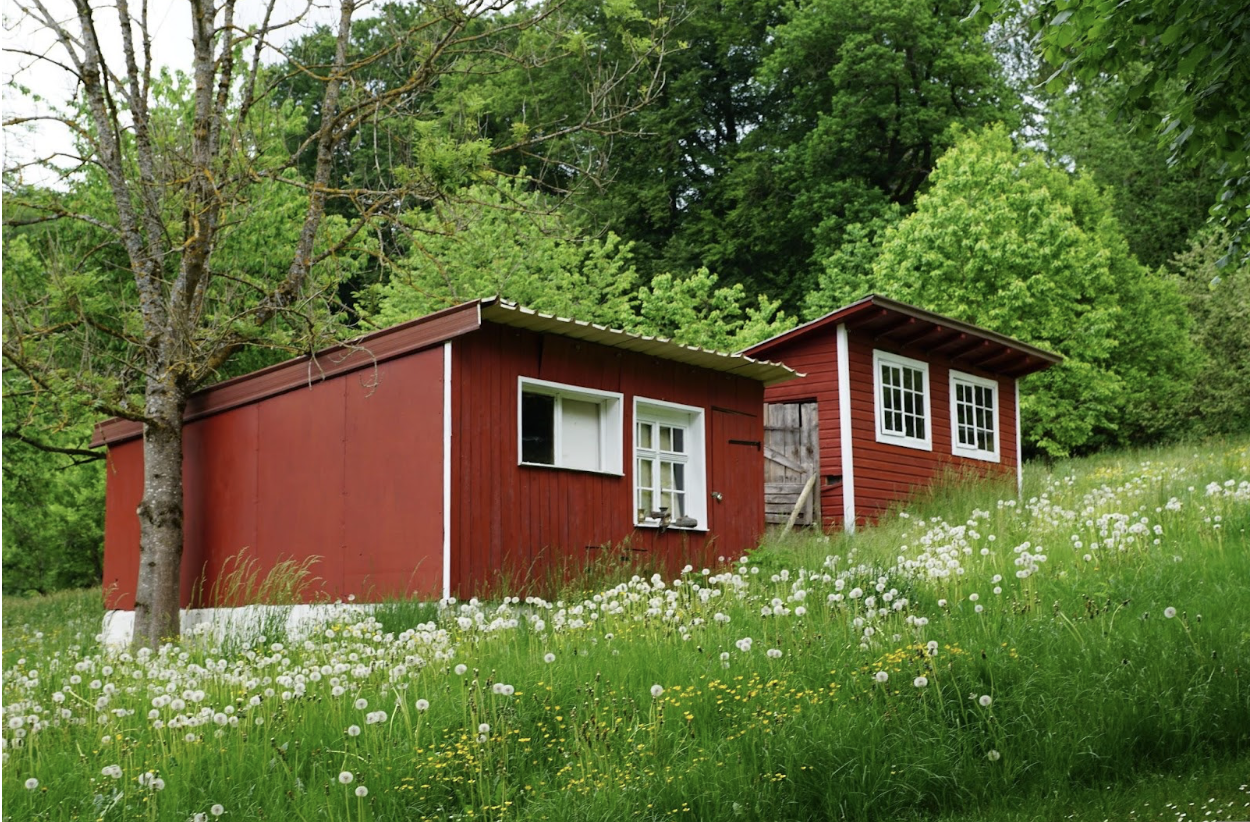How to Ensure Your Tiny Home's Exterior Repairs Go Smoothly
Welcome to the world of tiny homes! As a tiny homeowner, you have already made the bold decision to live with less and embrace a simpler lifestyle. But just because your home is small, doesn't mean it's exempt from wear and tear or the need for occasional repairs. Maintaining and repairing the exterior of your tiny home can be even more challenging due to its smaller size. This guide will explore how to ensure that exterior repairs for your tiny home go smoothly. From identifying common types of damage to finding the right materials and professionals for the job, we've got you covered.
Identifying Common Types of Exterior Damage for Tiny Homes
To ensure seamless exterior repairs for your tiny home, the first step is to identify common types of damage. These can include issues such as cracked or damaged siding, worn-out roofing, and rotting wood due to water damage. If you reside in Hanover, consider professional roof repair in Hanover or a nearby area, as this is a common issue for tiny homes in areas with heavy rainfall. Keep an eye out for any signs of pest infestations or damage caused by extreme weather conditions. Recognizing these issues early can save both time and money in the long term.
Proper Maintenance to Prevent Future Repairs
Regularly inspecting the exterior of your home for any signs of wear and tear can help you catch small issues before they turn into major problems. Properly maintain your tiny home's exterior by regularly cleaning and repairing any damaged areas. This can involve tasks such as power washing the siding, trimming trees and shrubs near the house, and sealing any gaps or cracks in the foundation. Keeping up with routine maintenance tasks like repainting or resealing can help prevent future repairs.
Choosing the Right Materials for Tiny Home Exterior Repairs
Due to its smaller size, a tiny home may require different materials than a traditional house. For example, if you have a metal roof on your tiny home, make sure to use specialized sealants or repair products designed specifically for metal roofs. Moreover, consider using eco-friendly and sustainable materials that align with the values of living in a tiny home. Doing research and consulting with professionals can help you make informed decisions when it comes to choosing the right materials for exterior repairs on your tiny home.
DIY vs Professional Services: What Works Best for Tiny Home Owners?
As a tiny homeowner, you may be tempted to save money by taking on exterior repairs as DIY projects. While this can be a cost-effective option for minor repairs, carefully assess your skills and the complexity of the job before diving in. Some repairs, such as roofing or structural damage, are best left to professionals who have the necessary expertise and equipment. Furthermore, professional services often come with warranties and guarantees that can provide peace of mind for tiny homeowners.
Budgeting and Planning for Exterior Repairs on a Tight Budget
Budgeting and planning for exterior repairs on a tight budget can seem like an overwhelming task, especially for tiny homeowners who are already living with limited resources. However, there are ways to save money while still ensuring the safety and longevity of your tiny home's exterior. Consider researching and comparing prices for materials and services, as well as looking into DIY options for simpler tasks. Prioritize repairs based on urgency and create a long-term plan for necessary upgrades and maintenance. Reaching out to local organizations or groups that offer assistance for low-income homeowners may provide resources or discounts for exterior repairs on a tight budget.
Tips and Tricks for Managing Exterior Repairs in Limited Space
Living in a tiny home means working with limited space, which can present challenges when it comes to managing exterior repairs. However, there are some tips and tricks you can use to make the process easier. Consider investing in compact tools that can easily fit into small storage spaces or utilizing multi-purpose items for both living and repair purposes. Plan ahead and create designated work areas to minimize clutter and maximize efficiency. Involving family or friends in the repair process can also help make the experience more enjoyable while also providing extra hands for tasks that may require more space.
Exterior repairs for tiny homes can be challenging, but with proper identification, maintenance, material choices, and budgeting, the process can be smoother. Whether you opt for DIY projects or hire professionals, prioritize safety and longevity while considering the limited space. By following these tips and staying proactive with regular inspections and maintenance, you can ensure your tiny home continues to provide a cozy and sustainable lifestyle for years to come.









